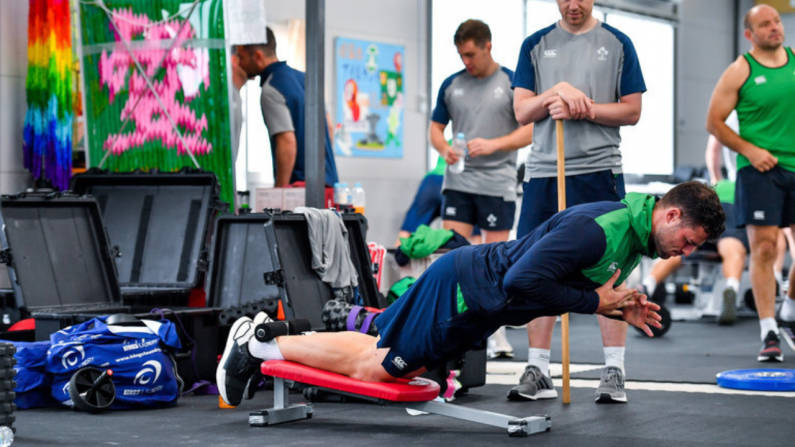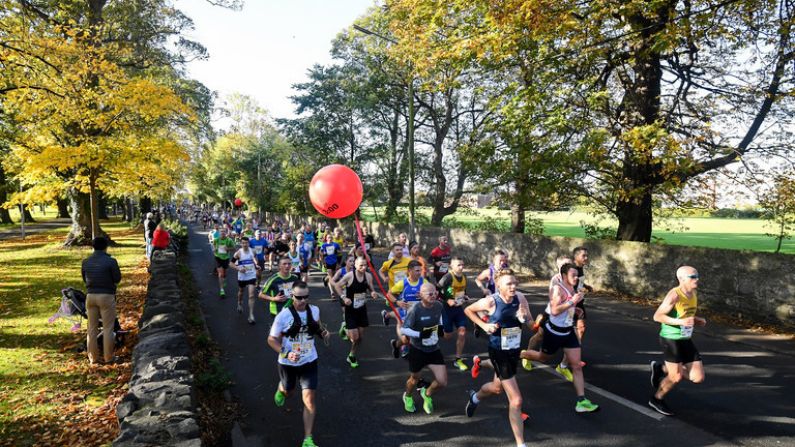Are you enjoying the improving summer weather? Perhaps had a few too many barbecues or beers and feel a little over weight.
Perhaps you feel like you want a challenge, and aren't sure what to do. Why not run a marathon? It's something that's on a lot of people's bucket lists, but it's not something that everyone knows how to do. No problem, we are here to let you know how to marathon.
The Dublin marathon on October 26th is just under 12 weeks away, and if you are feeling up to the challenge, the time to start is now. You should have some base training if you want to commit to the plan from this point, but even if you don't this should help you get moving and feeling better - ready for the feast of running from next spring.
How To Marathon
There are several things that you will need to train for to get up to speed and will be able to complete the distance - conversation pace runs, cross training, speed training, increase hydration intake and eat better. We will be looking at each important aspect in more detail, but the most important thing to get right is a training plan.
Planning out your training over the next 12 weeks, increasing distance and intensity on key dates is the most effective way to ensure you can last the distance.
| How to Marathon | Monday | Tuesday | Wednesday | Thursday | Friday | Saturday | Sunday |
|---|---|---|---|---|---|---|---|
| Week 1 | Rest | 3 km easy | 5 km easy | 3 km easy | Rest | 8 km | Cross Train |
| Week 2 | Rest | 3 km easy | 4 km speed | 4 km easy | Rest | 12 km | Cross Train |
| Week 3 | Rest | 5 km easy | 6 km mixed | 5 km easy | Rest | 14 km | Cross Train |
| Week 4 | Rest | 5 km easy | 6 km speed | 6 km easy | Rest | 16 km | Cross Train |
| Week 5 | Rest | 5 km easy | 6 km mixed | 6 km easy | Rest | 19 km | Cross Train |
| Week 6 | Rest | 7 km easy | 8 km speed | 7 km easy | Rest | 16 km | Cross Train |
| Week 7 | Rest | 5 km easy | 8 km mixed | 7 km easy | Rest | 19 km | Cross Train |
| Week 8 | Rest | 5 km easy | 8 km mixed | 8 km easy | Rest | 25 km | Cross Train |
| Week 9 | Rest | 8 km easy | 8 km mixed | 8 km easy | Rest | 32 km | Cross Train |
| Week 10 | Rest | 7 km easy | 6 km mixed | 5 km easy | Rest | 12 km | Cross Train |
| Week 11 | Rest | 6 km easy | 4 x 1 km speed | 3 km easy | Rest | Rest | Rest |
| Week 12 | Dublin Marathon |
Naturally, this plan can be moulded or adapted to your own personal schedule. Each week is designed to consist of two rest days, a cross-training day, two smaller conversation pace runs. Mixed in are some speed sessions, which can either be pure speed intervals or a mix of 1/2 conversation pace, and 1/2 faster than race pace.
The most important run of the week is the longer runs, which build up your distance gradually. This is the most important step in knowing how to marathon.
It is ok to walk on your runs. You will be allowed to walk in the marathon, especially if it's your first. There's no need to break the world record on your first attempt at the distance, so focus on finishing the race first.
Some cross-training exercises to do would include swimming, cycling or even walking. You don't have to choose the same activity, and cross training acts as a rest day after the longest runs of the week. Full rest days are extremely important, as Stephen Hunt says. Muscles regenerate and get stronger during rest days, which prevents injury.
Then who knows, maybe you'll look like this come 26th October:
That is how to marathon.
The next step is to sign up for the Dublin marathon right here.












